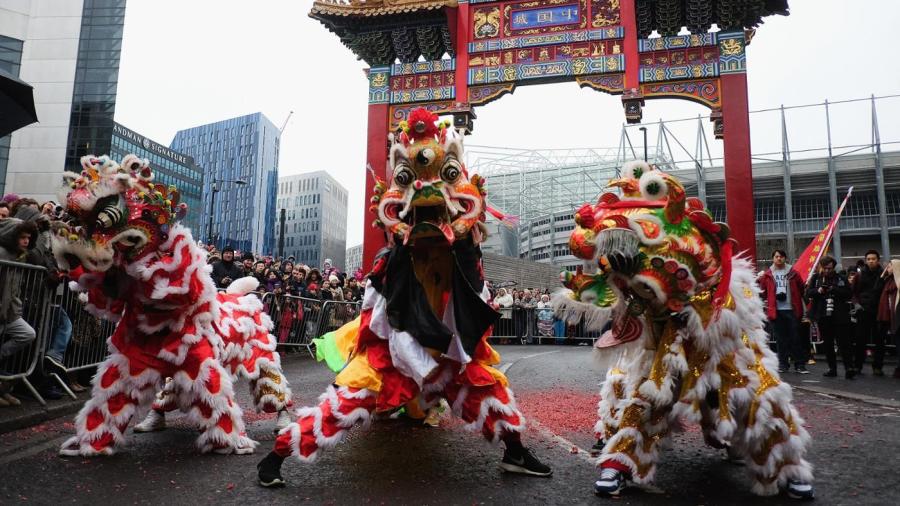What Is Oral Literature?

Oral literature is a term generally applied to spoken literary traditions such as folk tales, musical theater, proverbs, riddles, life histories, plays, proverbs, epic poems and historical recitations. Unlike written literary genres, oral literature is conveyed or passed down to future generations by word of mouth, typically through memorization and recitation. It is considered a verbal art form.
Legends and myths are prime examples of oral literature, crossing the line between fact and fiction, yet strengthened by constant re-telling. They become part of a heritage that identifies a culture or group of people. Chants and rituals are also forms of oral literature because of the provocative powers of the spoken word, especially when coupled with historical facts.
Written literature and oral literature share similar characteristics, including the need to use heightened language and literary techniques such as alliteration, flashbacks, foreshadowing, narrative hooks and plot twists. The two styles differ, however, in that oral literature requires one or more performers who hold responsibility for conveying the emotion, intent, action, storyline and conclusion of the entire piece. Epiphanies, plot twists and motives are all revealed by the storyteller. Examples of prominent oral literature include African American tales, Australian aboriginal mythology and Homeric poems.





